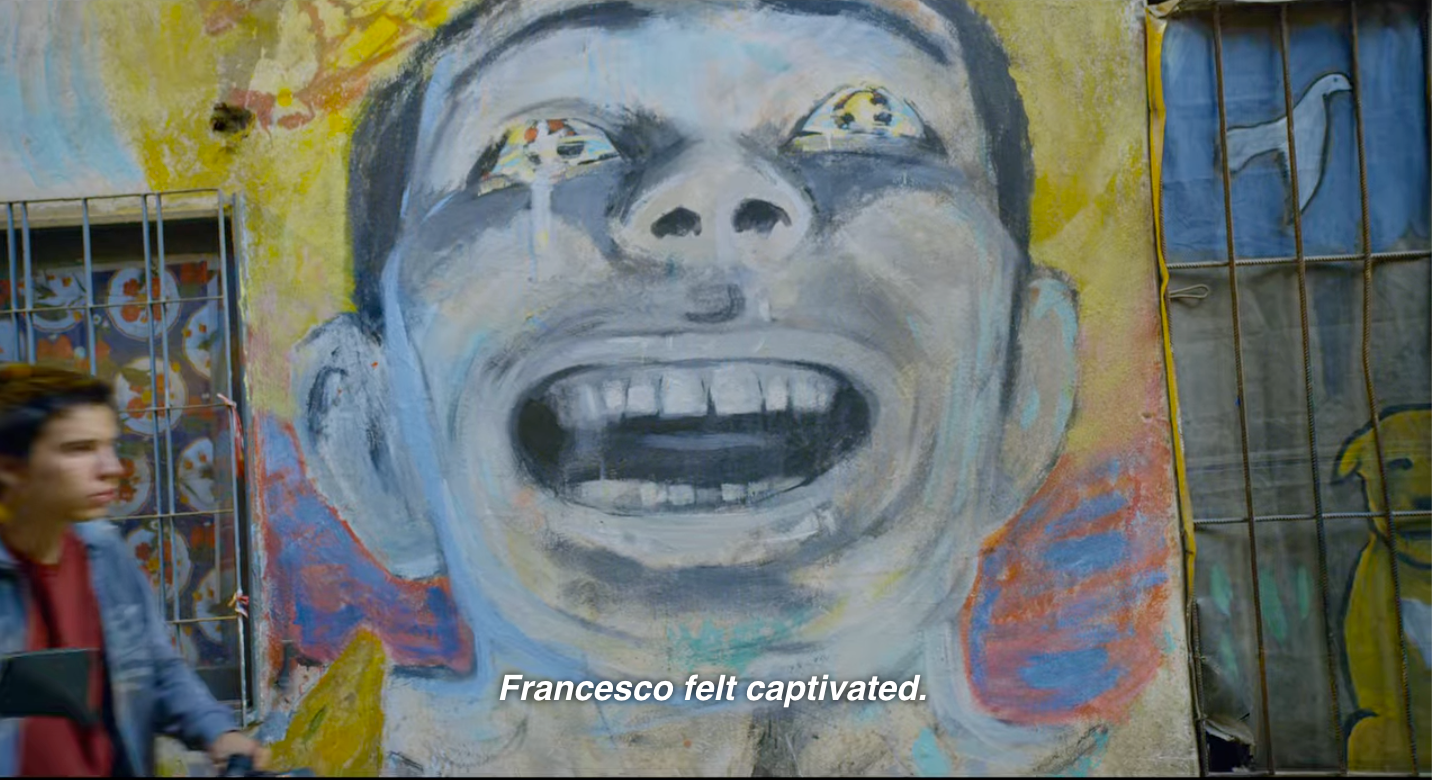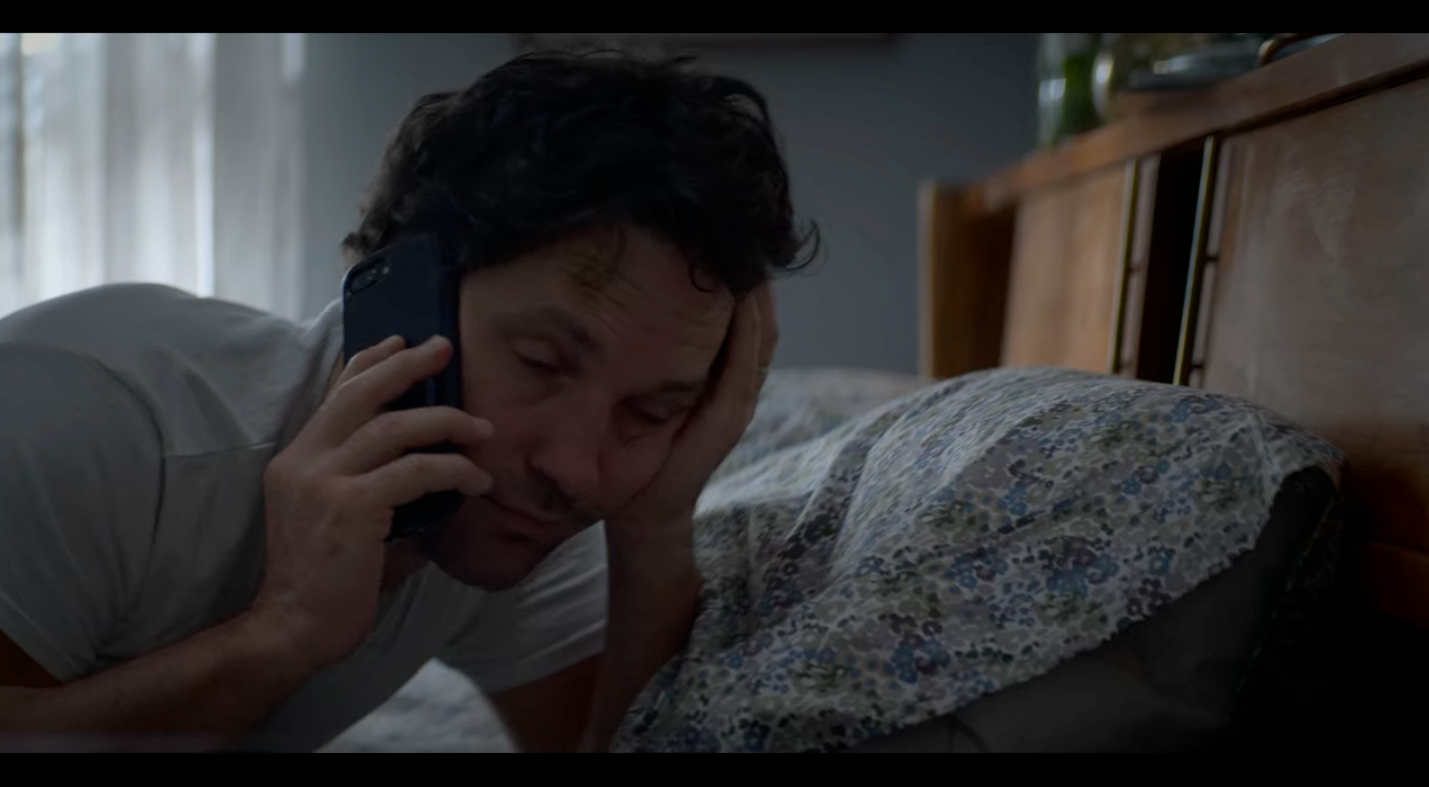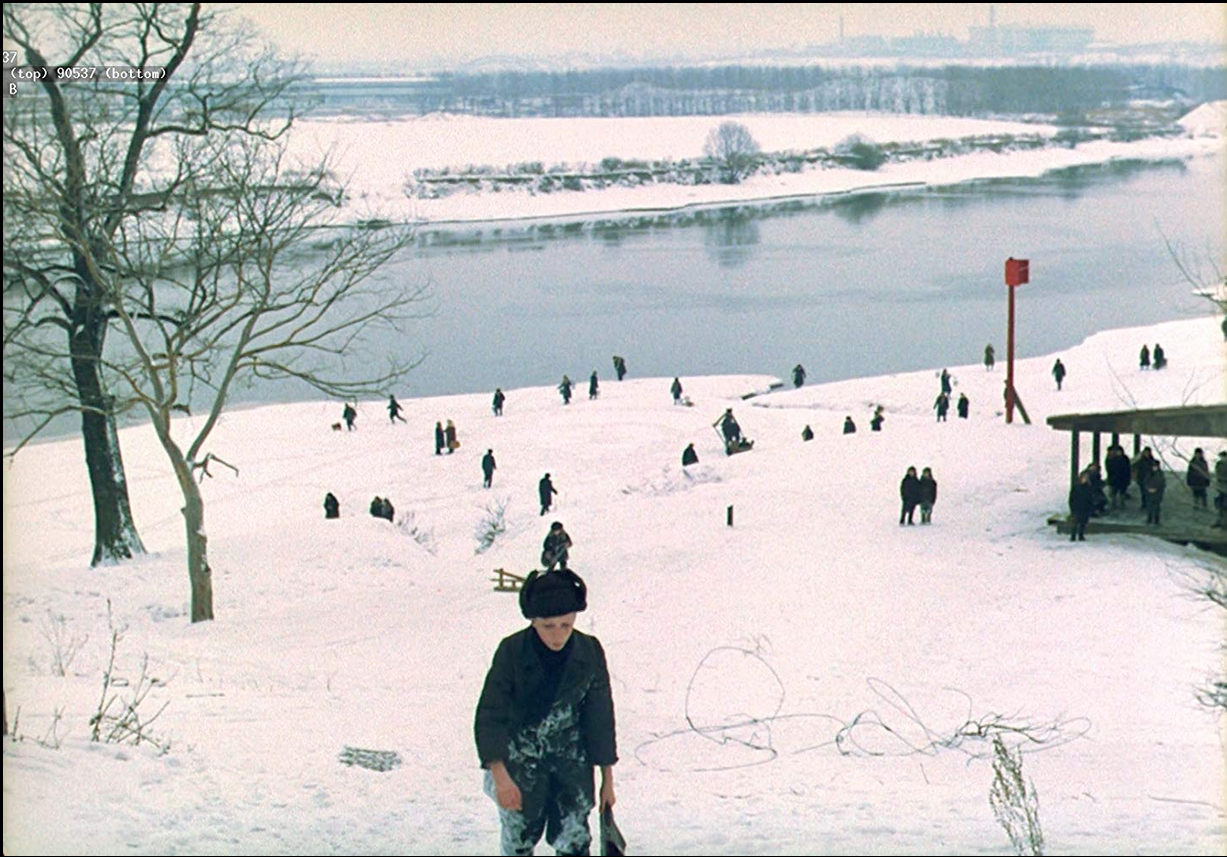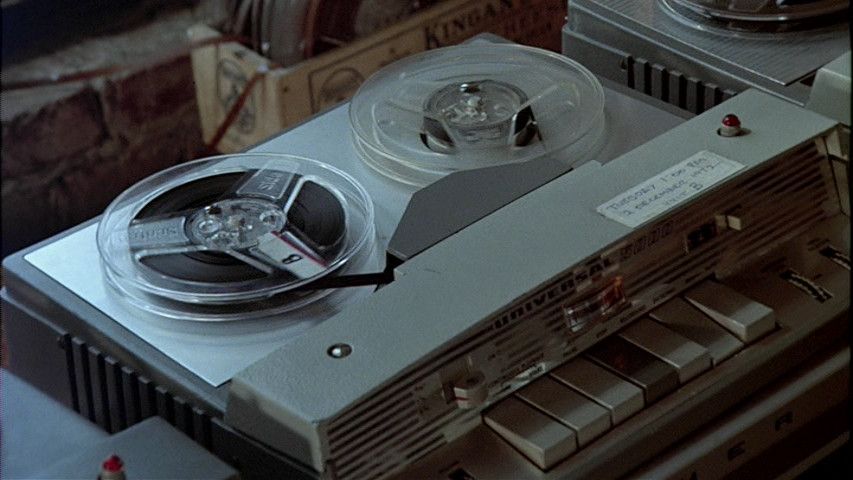listening to film
there is no soundtrack
“…on the question of sound in the cinema… what ought to be obvious - that there is no soundtrack.” (Chion, 1994)
… “By stating that there is no soundtrack I mean first of all that the sounds of a film, taken separately from the image, do not form an internally coherent entity on equal footing with the image track. Second, I mean that each audio element enters into simultaneous vertical relationship with narrative elements contained in the image (characters, actions) and visual elements of texture and setting. These relationships are much more direct and salient than any relations the audio element could have with other sounds. It’s like a recipe: even if you mix the audio ingredients separately before pouring them into the image, a chemical reaction will occur to separate out the sounds and make each react on its own with the field of vision. In the simplest and strongest relation, that of offscreen sound, the confrontation of sound with image establishes the sound as being offscreen, even as this sound is heard coming from the surface of the screen. Take away the image, and the offscreen sounds that were perceived apart from other sounds, purely by virtue of the visual exclusion of their source, become just like the others. The audiovisual structure collapses, and the sounds make a completely new one together. A film deprived of its image and transformed into an audio track proves altogether strange—provided you listen and refrain from imposing the images from your memory onto the sounds you hear. Only at this point can we talk about a soundtrack. Therefore, there is no image track and no soundtrack in the cinema, but a place of images, plus sounds.” (Chion, 1994)
Morph
In this first example, we’ll listen to the recent Netflix film The Two Popes 2019 (Meirelles, n.d.).

This first segment is from 1:07, very early on in the film.
Later, there is an encounter in the Pope’s garden, which builds up tension, what are we hearing in the background? 29.06 onwards.
Again, morphing is the key signifier in script and sound. While the camera appears to follow faces, it also tracks tighter in across the scene as the intensity increases.
Interruption

Here in this scene from Episode 1 of Living with Yourself, we witness sound being used to slice through image to say, confirm and illustrate what is being felt on screen.
Then music being used to build something up which is obviously an internal feeling that we are able to go along with, only to be again suddenly interrupted in favour of the next piece of story telling. (Living with Yourself, 2019)
So we find ourselves constantly moving between two things, Information and Feeling.
Yet… the feeling is also information… let’s discuss it.
That which shouldn’t be there, but is
In Gus Van Sant’s film, Elephant (Sant, 2003), we hear many sounds, but we don’t know why we’re hearing them. Music and sound are coincident. One appears to hold the other in-place, but what is holding what?
Here we’re listening to a scene early on in the film. mpv Elephant/Elephant-GusVanSant.mkv --start=+7:45 --length=+04:00 --vid=no --aid=2 --sid=no --fs --screen=0
mpv Elephant/Elephant-GusVanSant.mkv --start=+7:45 --length=+04:00 --vid=1 --aid=2 --sid=no --fs --screen=0
That which should be there, but isn’t

In Tarkovsk’s Mirror (1975) (Tarkovsky, 1975) we encounter a film that behaves in a seemingly very strange way with sound and image. Let’s talk about what these oddities are and what they might be trying to do.
mpv Mirror_Tarkovsky_1974.mkv --start=+18:50 --length=+01:00 --vid=no --aid=1 --sid=no --fs --screen=0
mpv Mirror_Tarkovsky_1974.mkv --start=+18:50 --length=+01:00 --vid=1 --aid=1 --sid=1 --fs --screen=0
Fiction within Fiction, on the quest for truth

In this very benign-seeming segment of The Conversation (1974), (Coppola, 1974), we hear a segue from one part of the film into another. The music cue (by David Shire) works on a number of levels, what’s going on with the sound?
mpv TheConversation1974/theConversation.mkv --start=+17:55 --length=+4:00 --vid=no --aid=1 --sid=no --fs --screen=0
mpv TheConversation1974/theConversation.mkv --start=+17:55 --length=+4:00 --vid=1 --aid=1 --sid=no --fs --screen=0
Now you can hear Walter Murch talking about the editing, sound and music and thoughts on interpretation of the film.
mpv TheConversation1974/theConversation.mkv --start=+17:55 --length=+4:00 --vid=1 --aid=2 --sid=no --fs --screen=0
Finally, here’s another clip from the same film where we have asynchrony between the image (the linear story) and the sound at the key point of tension, or the essential moment of realisation?
mpv TheConversation1974/theLift.mov --start=+0:00 --length=+6:00 --vid=1 --aid=1 --sid=no --fs --screen=0
The pressure of a sound-only approach
In György Pálfi’s Hukkle (2003) (Pálfi, 2002), we hear a very bold attempt to tell an entire film with only photography and apparently diegetic sound. There is no dialogue, only the sound of things that are conventionally background, placed right in the foreground. It’s an almost total inversion of the audiovisual relationship that is expected; the film’s narrative is hidden behind the film’s material fabric…
mpv hukkle.mkv --start=+0:35 --length=+6:00 --vid=1 --aid=1 --sid=no --fs --screen=0
Today’s tasks
- establish and confirm groups for the second project
- commit to the proportions of your submitted score, how many pages, how much detail and information is going on there, format and form.
- think about performance for your piece, can you form an ensemble to perform parts of the score you make, either with players of instruments and/or with an ensemble of digital and acoustic soundmaking things?
- Get and ensemble together and see what you can do with them.
References
Chion, M. (1994). Audio-Vision: Sound on Screen. Columbia University Press.
Coppola, F. F. (1974). The Conversation [Drama, Mystery, Thriller]. The Directors Company, The Coppola Company, American Zoetrope.
Living with Yourself. (2019). Jax Media, Likely Story. https://www.netflix.com/watch/80178697
Meirelles, F. (n.d.). The Two Popes (2019). Retrieved January 30, 2020, from https://www.netflix.com/gb/title/80174451
Pálfi, G. (2002). Hukkle [Crime, Mystery, Drama]. Mokép.
Sant, G. V. (2003). Elephant [Crime, Drama, Thriller]. HBO Films, Fine Line Features, Meno Films.
Tarkovsky, A. (1975). Zerkalo [Biography, Drama]. Mosfilm.